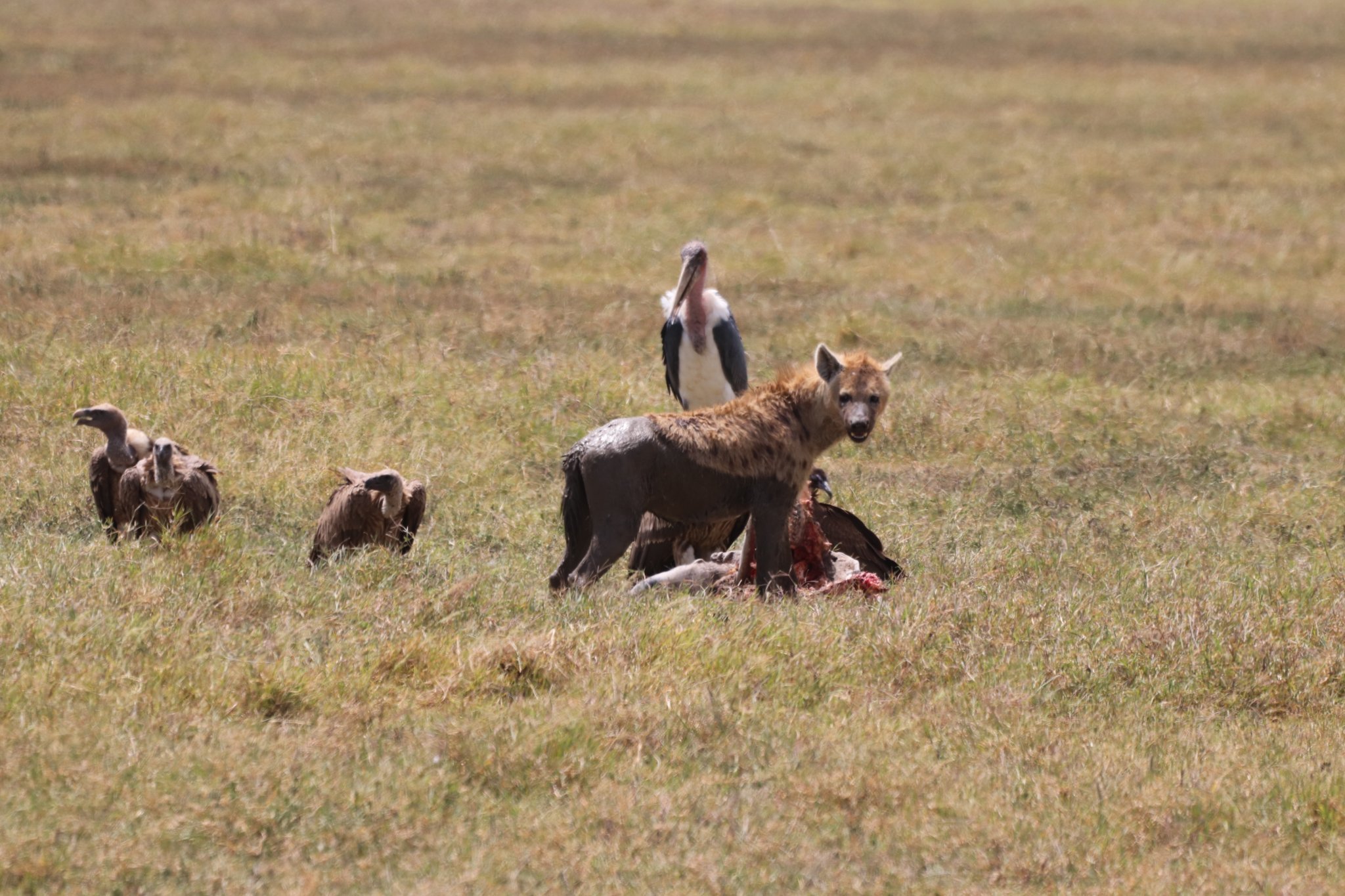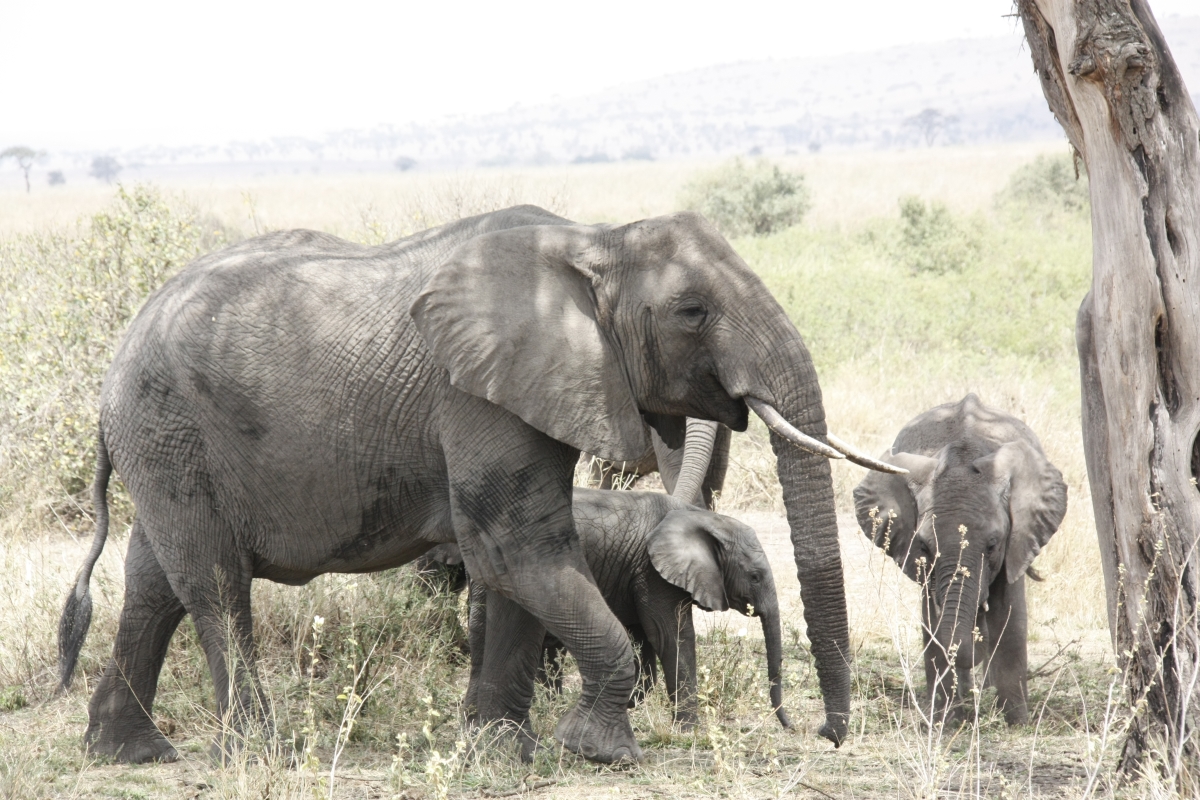Mount Meru: The Majestic Sister of Kilimanjaro
Overview
Mount Meru, standing at 4,566 meters (14,980 feet), is the second-highest mountain in Tanzania and a stunning volcanic peak that offers breathtaking landscapes and unique climbing experiences. Located within Arusha National Park, just 70 kilometers (43 miles) from Mount Kilimanjaro, Meru is often overshadowed by its more famous neighbor but is equally captivating in its own right. This blog provides comprehensive information about Mount Meru, including its geography, wildlife, climbing routes, and preparation tips.
Geographic Features
- Location: Mount Meru is situated in northeastern Tanzania, within Arusha National Park. The park itself is rich in biodiversity and offers stunning views of the mountain.
- Structure: Meru is a stratovolcano with a distinct shape, characterized by its steep slopes and a prominent crater at its summit. The mountain features a series of ridges and rocky outcrops, providing a challenging climb and spectacular scenery.
Climbing Mount Meru
Climbing Mount Meru is a rewarding adventure that is generally less crowded than Kilimanjaro, allowing for a more intimate experience with nature. The trek typically takes about 4-5 days and offers various routes, with the most popular being the Meru Route:
- Meru Route:
- Duration: 4-5 days
- Difficulty: Moderate to challenging
- Highlights: The route begins with lush rainforests and ascends through different vegetation zones, culminating in a steep scramble to the summit. Climbers are rewarded with panoramic views of the surrounding landscape, including Kilimanjaro on clear days.
Best Time to Climb
The best times to climb Mount Meru are during the dry seasons:
- June to September: These months typically offer clear weather and cooler temperatures, making it an ideal time for trekking.
- January to March: Another good climbing period, with less rainfall and fewer crowds.
Wildlife and Biodiversity
Mount Meru and the surrounding Arusha National Park are home to a rich array of wildlife:
- Lower Slopes: The lower slopes are covered in dense rainforest, inhabited by animals such as blue monkeys, black-and-white colobus monkeys, and various bird species, including the magnificent silvery-cheeked hornbill.
- Higher Altitudes: As climbers ascend, they may encounter wildlife such as bushbuck, giraffes, and elephants. The diverse ecosystems support a variety of plant species, including giant lobelias and endemic flora.
Unique Features of Mount Meru
- Crater: The summit features a prominent crater, with the Ash Cone—a smaller volcanic cone located within the crater—adding to the mountain’s unique geological features.
- Stunning Views: From the summit, climbers are rewarded with breathtaking views of the surrounding landscape, including the expansive plains of the Serengeti and the majestic Kilimanjaro in the distance.
Preparation and Considerations
- Physical Fitness: Climbing Mount Meru requires good physical fitness. Training should include cardiovascular exercises and hiking to prepare for the altitude and physical demands of the trek.
- Acclimatization: Acclimatization is crucial to avoid altitude sickness. Taking the time to ascend slowly and allowing your body to adjust to the higher elevations is essential.
- Gear and Equipment: Invest in high-quality gear, including sturdy hiking boots, warm clothing, and a good sleeping bag suitable for cold temperatures. Proper equipment can enhance your comfort and safety.
- Guided Tours: Hiring a reputable guide and support team is important for a safe and enjoyable climb. Experienced guides provide valuable insights, assist with navigation, and ensure climbers’ safety.
- Safety Precautions: Be aware of the symptoms of altitude sickness (headaches, nausea, dizziness) and communicate any concerns with your guide. It’s essential to listen to your body during the ascent.
Accommodation Options
While climbing Mount Meru, accommodations vary based on the chosen route:
- Camping: Most climbers will camp in designated sites along the route, where tents are provided, and meals are prepared by the support team. Camping allows for a more immersive experience in nature.
Cultural Significance
Mount Meru is considered sacred by the local Meru people, who hold the mountain in high regard. Climbing the mountain supports local communities by providing employment for guides, porters, and support staff, contributing to the local economy.
Conservation Efforts
Arusha National Park, which includes Mount Meru, is dedicated to conservation and sustainable tourism:
- Community Involvement: Engaging local communities in conservation efforts helps reduce human-wildlife conflict and promotes sustainable practices.
- Research and Education: The park emphasizes the importance of education and research to raise awareness about preserving the unique ecosystems and wildlife on Mount Meru.
Conclusion
Mount Meru is a breathtaking destination that offers climbers a unique blend of adventure, stunning landscapes, and rich biodiversity. With its challenging climbing routes and the chance to experience the beauty of Arusha National Park, Meru is a fantastic alternative or complement to the Kilimanjaro experience.
At Royal Climb and Safaris, we are dedicated to helping you achieve your dream of climbing Mount Meru. Our experienced guides, personalized itineraries, and commitment to safety ensure an unforgettable adventure on this majestic mountain.
Ready to embark on the adventure of a lifetime? Contact Royal Climb and Safaris today to start planning your Mount Meru trek!




